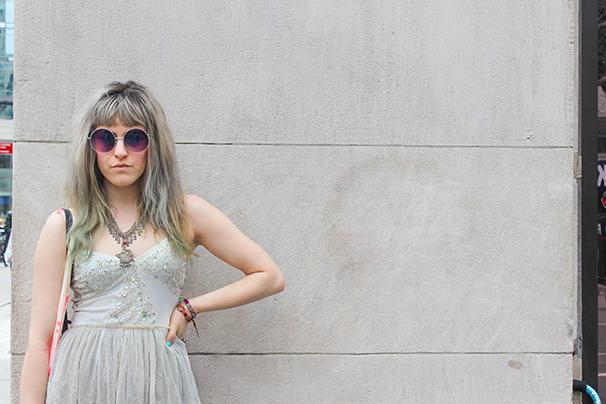
One of the most important and undervalued facets of the fashion world is its ability to construct and sculpt the way different fabrics fall on the body. When we wear an outfit that flatters our figures, we often carry ourselves with more confidence and feel more sure of our appearance. Of course, fashion as a business often performs this task with little consideration for the audience, instead showcasing designs on models of very homogenous body sizes and proportions. If the industry is so focused on how the clothing appears on the body, why is insufficient attention given to showing fashion on a variety of body types?
Over the years, fashion labels have received criticism from the public for refusing to include body shapes other than the usual rail-thin frames and straight figures that cover the runways. Fortunately, their opinions were heard, as designers did begin to look outside of the size 0 typecast to model their clothes and designers such as Ralph Lauren have since featured fuller-figured models in their runway shows. This progress has been painfully slow nonetheless, as many design houses still ignore or outright refuse requests to feature a broader range of bodies. This past season, high-fashion brand Saint Laurent has been the target of body-positive activists for their inclusion of super-skinny male and female models in their print ads and runway collections. With the models draped in loose-fitting clothing, the collection likely could have benefitted if some pieces had been worn by models who are closer to the average size of the general public. When the model is skinnier than the skinny jeans, it should be a sign that changes must be made in the way that we show fashion, as well as how we view those who should be wearing it.
Often, when examining the season’s newest offerings, it is easy to come across designs that would better flatter a fuller figure as opposed to the slender ones who model them. When comparing the customers who wear high-fashion outfits, many of them are not nearly as thin as the models. Of course, one could argue that a model is purely there as a canvas for the design, but even canvases come in different shapes and sizes depending on the art that is displayed on them. In the wake of New York Fashion Week, as well as award season in Hollywood, it is almost impossible to ignore the inconsistencies of who is shown wearing the pieces on runways and magazines versus who wears them for the public to see. Though Hollywood has its own issues with body image, they are miles ahead of the fashion world, and perhaps it is time that the shape of the models be as diverse as the garments themselves.
A version of this article appeared in the Thursday, April 24 print edition. Gianna Collier-Pitts is Violet Vision editor. Email her at [email protected].
























































































































































